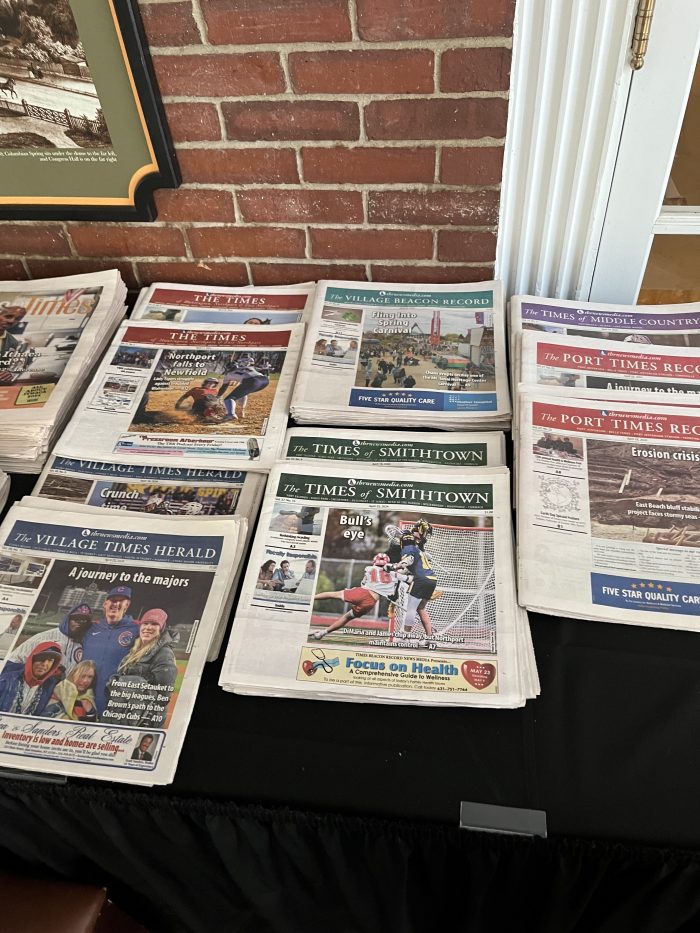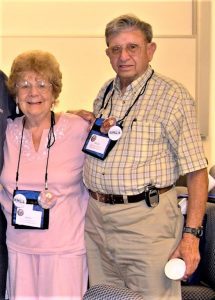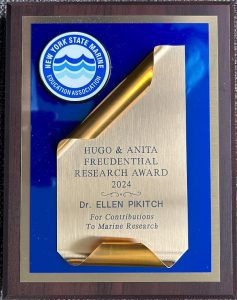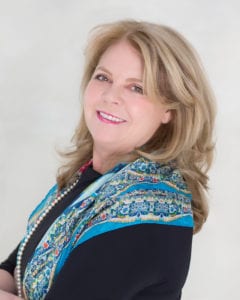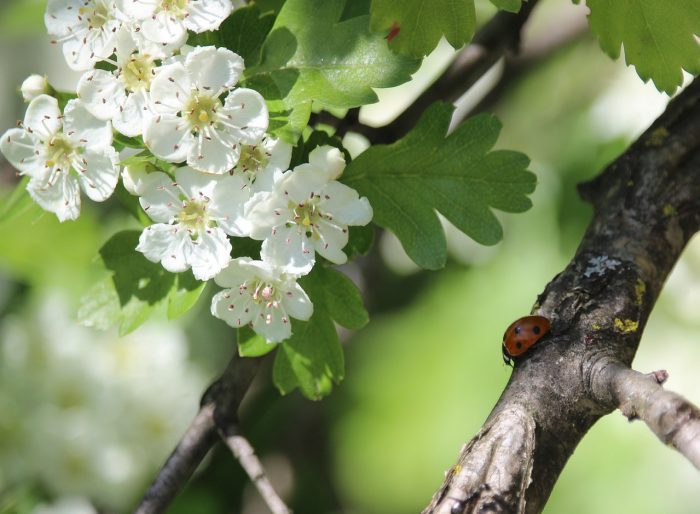By Daniel Dunaief

I took my first trip to London with my wife and I never felt like we were far from home or from living history.
In Uber rides, the music of Justin Timberlake, the Pointer Sisters and numerous other American artists provided the soundtrack for our visit.
Walking around the city and descending into the tube, advertisements for American products such as Pepsi and movies such as “The Fall Guy” and “Kingdom of the Planet of the Apes” adorned the sides of hackney cars, the iconic red double-decker buses and the walls of the tube.
The cars on the tube were much narrower than I expected, as people sitting across from me tapped my feet without standing or stretching.
For a country that drives on the left, I was mystified by the “keep right” signs. If they drive on the left, why do they walk on the right?
London has its fair share of “must visits,” such as the Tower of London, Big Ben and Parliament and the Churchill War Rooms. An imposing and impressive testament to the history of the city and the country, the Tower of London forms a small metropolis with its enormous towers and stories of prisoners. Graffiti on the walls bears the name and religious convictions of those confined to the tower and in some cases tortured or killed.
Big Ben was larger and more elaborate than I imagined. It reminded me of an earlier visit to Mount Rushmore, where I found the size and pageantry of the four former presidents magnificent and moving.
The Churchill War Rooms provided a close up view of the remarkable fortitude and foresight of the celebrated prime minister. At the age of 65, Churchill spent considerable time underground.
When he learned that the facility was vulnerable to a direct hit from a German bomb, he complained in a letter displayed on the wall of the memorial that Patrick Duff, who was permanent secretary of the Office of Works, had “sold him a pup.”
The government added concrete and, after a nearby bomb shook the bunker, Churchill lamented that the bomb didn’t strike close enough to test the reinforcements.
Veterans of the shelter, many of whom rarely saw sunlight underground, shared stories about going under sunlamps to increase their vitamin D, about Churchill’s need for quiet, and about their secret life.
The arms of one of Churchill’s chairs in the cabinet room bears the marks of his fingers digging into the wood, as he listened to testimony, prepared action plans and reacted to news.
Throughout his tenure during the war, Churchill traveled extensively, visiting everywhere from the United States, to Cairo to Moscow, rallying support for the war and visiting foreign leaders and dignitaries, sometimes for more than a month. The Prime Minister, who was almost 71 when the war ended, traveled over 100,000 miles during those tumultuous years. Observers shared parts of his routine, which included two baths a day and three meals per day.
Churchill, who was involved in everything from planning the war effort to offering advice about military technology, pointed out that the government named a tank after him “when they found out it was no damn good!”
Aside from our historical visits, we enjoyed listening to, and watching, people. Like so many other big cities, London attracts guests from around the world, as French, Spanish and German blended with Japanese, Chinese and Arabic languages.
We enjoyed the hospitality of numerous Brits. A beefeater at the Tower of London, which was hit by a few stray bombs, suggested the site wasn’t a target during World War II because it had no strategic value.
Or, perhaps, the Germans and their killer leader “liked the Tower” and didn’t want it or the crown jewels, destroyed.
On the lighter side, we experienced a range of London weather while on a short boat trip on the Thames, as sunlight gave way to dark clouds and wind turned some umbrellas inside out.
The tour guide on the boat offered one of the more unexpected linguistic differences. He described how certain buildings were converted from commercial properties into apartments.
“Wait, what did he just say?” I asked my wife, chuckling.
“What do you mean?”
“I think he’s talking about warehouses and he said, ‘Where asses.’”
Later, when he described a queen’s residence, he also suggested this was one of the queen’s favorite ‘asses.’
Yes, we had a “eck” of a time in London and would be more than “appy” to visit again.





